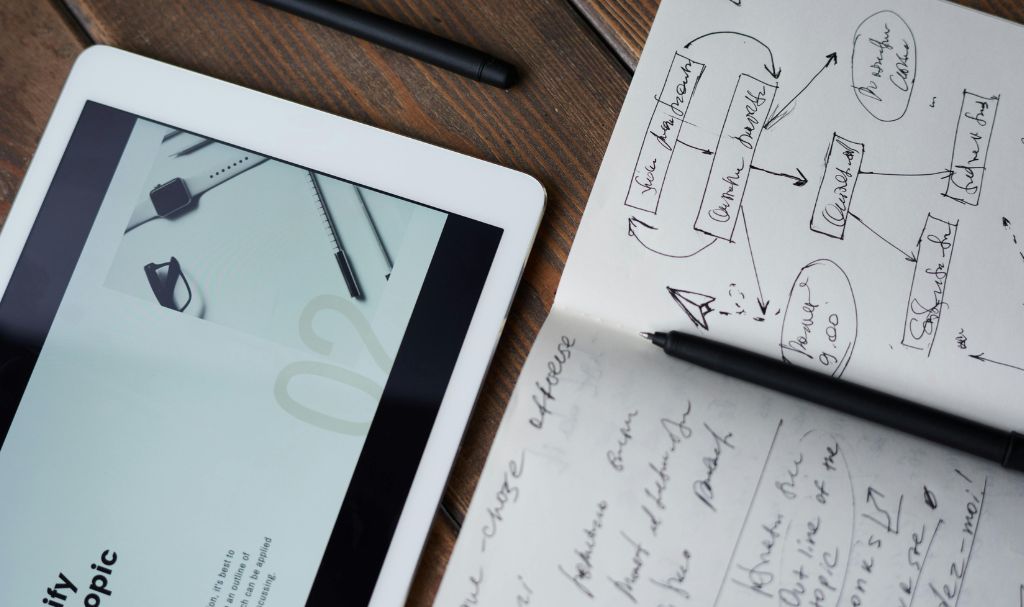How To Build A Sales Funnel From Scratch?
23 April 2025
5 Mins Read

toc impalement
The Ivy Leagues don’t need billboards or flashy ads—students line up because the brand sells itself. It’s the same in business: if you’ve got something truly unique, customers will find you.
But most of us aren’t in that position. We’re the schools at the college fair, handing out brochures, making our pitch, hoping to stand out in a sea of similar options.
That’s where a solid sales funnel comes in—not just to attract leads, but to guide them smoothly from curiosity to commitment.
Take a small SaaS startup, for example. They’re not the next big household name (yet), so they can’t rely on word-of-mouth alone. Instead, they run targeted LinkedIn ads, offer free trials, and nurture leads with weekly demos.
The funnel does the heavy lifting, turning passive scrollers into paying users. Or think of a local bakery competing with a dozen others in the neighborhood.
They don’t have a cult following, so they reel people in with Instagram reels of gooey cinnamon rolls, then retarget visitors with a “first cupcake free” promo. The funnel keeps them top of mind until the craving (and the click) happens.
Even in B2B, where decisions take longer, the principle holds. A mid-tier consulting firm won’t land clients by waiting for referrals—they host webinars, drop thought leadership posts, and follow up with personalized case studies. Each step is designed to build trust, answer objections, and nudge prospects closer to a yes.
The lesson? Unless you’re the Ivy League of your industry, you can’t skip the grind. A well-built funnel isn’t just about visibility—it’s about creating a path of least resistance for buyers who have plenty of other options. And sometimes, that’s what makes all the difference.
Figuring Sales Funnels
Sales funnels are like invisible conveyor belts—they don’t just bring people in, they move them along until they’re ready to buy. Think of a fitness app that pops up on your feed with a “30-day challenge” ad. You click, sign up for the free trial, and suddenly you’re getting daily progress emails with before-and-after pics of other users.
By week three, you’re hooked, and when the paid plan pitch lands, it feels like a no-brainer. That’s the funnel working silently in the background, turning a casual stroll into a subscription.
Or take an e-commerce brand selling eco-friendly sneakers. They don’t just rely on random Google searches—they retarget visitors who left their cart half-full with a cheeky “Did someone forget something?” email, throw in a limited-time discount, and boom, an abandoned cart becomes a confirmed order. Even offline, funnels exist.
A real estate agent doesn’t just hand out business cards—they host open houses, collect leads with a “neighborhood pricing guide” download, and drip-feed market trends via newsletter until someone’s ready to sell.
The magic isn’t in one big push, but in the small nudges that keep you moving forward. A freelance graphic designer might land clients by offering a free logo audit, then following up with a portfolio showcase, then sliding in with an “I’ve got time for one more project this month” tease.
No hard sell, just steady momentum. Whether it’s a $10 product or a $10K service, a good funnel meets people where they are—and quietly guides them to where you want them to be.
4 Steps to Build An Impactful Sales Funnel From Scratch

1. Start With The Right Hook—Give Before You Ask
Nobody likes a hard sell right out of the gate. Instead, think of your funnel like a first date—you wouldn’t propose marriage before even getting a drink.
A fitness coach doesn’t just yell “Buy my program!”—they offer a free workout guide or a 7-day challenge first. A B2B software company doesn’t cold-email with pricing; they send a “5 Mistakes Killing Your ROI” checklist.
The key? Provide real value upfront, so when you do ask for the sale, it feels natural, not pushy.
2. Make The Next Step Obvious (and Easy)
Ever been to a website where you had no idea what to do next? That’s a funnel killer. Every step should have a clear “Okay, what’s my best move here?” answer.
If you’re running a webinar, the signup button shouldn’t be buried—it should be the only thing people see. If you’re selling a course, the free intro module should end with a “Ready for the full thing? Click here.”
Even Amazon does this flawlessly—”Customers who bought this also bought…” is just a frictionless nudge toward the next purchase. Remove the guesswork, and you remove drop-offs.
3. Nurture Leads Like A Conversation, Not A Sales Pitch
Most funnels die in the middle because brands either ghost their leads or spam them with “BUY NOW!!!” emails. Instead, treat your funnel like a slow-burn relationship.
A skincare brand might send a new subscriber a “Here’s how to patch-test your new product” email before hitting them with an upsell. A financial advisor could drip a “5 Signs You’re Ready to Invest” series before offering a consultation.
The goal? Stay helpful, not sales, so when you do make the ask, it feels like the next logical step—not a desperate grab for their wallet.
4. Use Scarcity & Social Proof to Seal The Deal
Even if someone’s interested, they’ll drag their feet without a little push. That’s where urgency and credibility come in. An online course creator might add “Only 3 spots left at this price!” to their checkout page.
A SaaS company could sprinkle in testimonials like “200+ businesses saved 10 hours/week with this tool.” Even something as simple as “Most clients see results in 30 days—or we’ll refund you” removes hesitation. People don’t buy because they’re convinced—they buy because they’re confident they won’t regret it.
The Bottom Line
A great sales funnel doesn’t feel like a sales funnel—it feels like a natural journey. Whether you’re selling $5 e-books or $50K consulting packages, the principles stay the same: hook them with value, guide them without friction, earn their trust, and make the decision easy.
And just like the Ivy Leagues, if you do it right, eventually, people start lining up on their own.


















Comments Are Closed For This Article